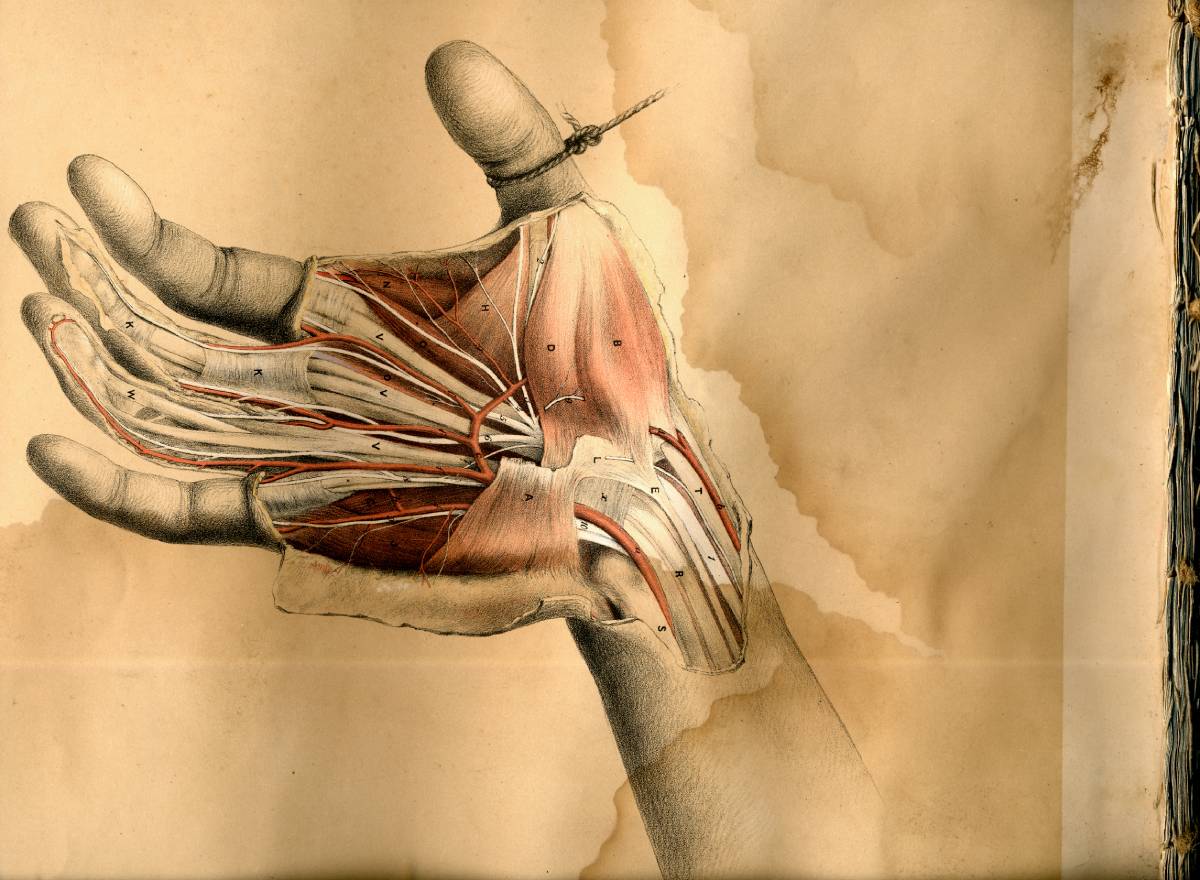Uses of Digital Nerve Block

Digital nerve blocks are valuable tools, especially when treating finger injuries. Finger injuries are a common occurrence in the emergency room, with finger lacerations accounting for most of the hand and wrist injuries in the US between 2009 and 2018. When surgery is needed to treat a finger injury, a digital nerve block offers immediate anesthesia.
According to findings from Borbón et al., there are no statistically significant variations in the length of anesthesia or pain ratings amongst various digital nerve block methods. While systemic analgesics like opioids, tricyclic antidepressants (TCAs), or NSAIDs depress pain signaling broadly, the relevant peripheral nerve can be directly targeted by anesthetic agents with a digital nerve block, reducing effects on the rest of the body.1
Findings from Vinycomb and Lakas compared the efficacy of six preparations of local anesthetic for digital nerve block: lidocaine, lidocaine with epinephrine, bupivacaine, bupivacaine with epinephrine, lidocaine with bupivacaine, and ropivacaine. The anesthetic half-lives of lidocaine and bupivacaine were found to be 3.1 and 7.6 minutes, respectively. Furthermore, lidocaine delivered the shortest duration of anesthesia (1.8 hours on average), while ropivacaine delivered the longest duration of anesthesia (21.5 hours on average). When assessing pain reduction on the visual analog pain scale, lidocaine with epinephrine showed the lowest mean pain (26 mm), while bupivacaine with epinephrine showed the highest mean pain (53 mm). Effective short-term anesthesia can be achieved with lidocaine and epinephrine, which also lowers the chance of damage or complications while the finger is still anesthetized. It may be less necessary to use postprocedural anesthetic when bupivacaine and lidocaine are combined to give effective long-term anesthesia. 2
In certain procedures where active testing may be necessary, like flexor tendon repairs, ropivacaine is contraindicated because it lacks epinephrine and requires the application of a tourniquet for a bloodless field. While the benefits of digital nerve blocks are similar for lidocaine plus epinephrine and bupivacaine plus epinephrine, ropivacaine may offer the longest duration of anesthetic.2
Vinycomb and Lakas found no difference in injection discomfort or efficacy among the digital nerve block preparations. Borbón et al. agreed with this finding. However, there are general guidelines that can improve block success and patient comfort. Generally, anesthesia delivered dorsally is well suited for dorsal injury, while volar anesthesia can utilize a dorsal and volar approach to the digital nerve block. A non-traditional approach to managing pain is proposed by Hayward et al.: applying ice prior to the administration of a digital nerve block, which can considerably lessen the discomfort of the needle stick. A cold pack before injection was preferred by 80% of patients. Injection discomfort was considerably decreased when the ice pack was applied for six minutes before injection. Hayward et al. found that with ice, the median visual analog pain score was 16 mm, compared to 57 mm without it.3
References
- Borbón, Tiffany Y., et al. “Digital Nerve Blocks: A Systematic Review and Meta‐Analysis.” Journal of the American College of Emergency Physicians Open, vol. 3, no. 4, July 2022, https://doi.org/10.1002/emp2.12753.
- Vinycomb, Toby I, and Lukas J Sahhar. “Comparison of local anesthetics for digital nerve blocks: a systematic review.” The Journal of hand surgery vol. 39,4 (2014): 744-751.e5. doi:10.1016/j.jhsa.2014.01.017
- Hayward, Simon C., et al. “Ice Reduces Needle-Stick Pain Associated with a Digital Nerve Block of the Hallux.” The Foot, vol. 16, no. 3, Sept. 2006, pp. 145–148, https://doi.org/10.1016/j.foot.2006.04.001. Accessed 21 Nov. 2019.
